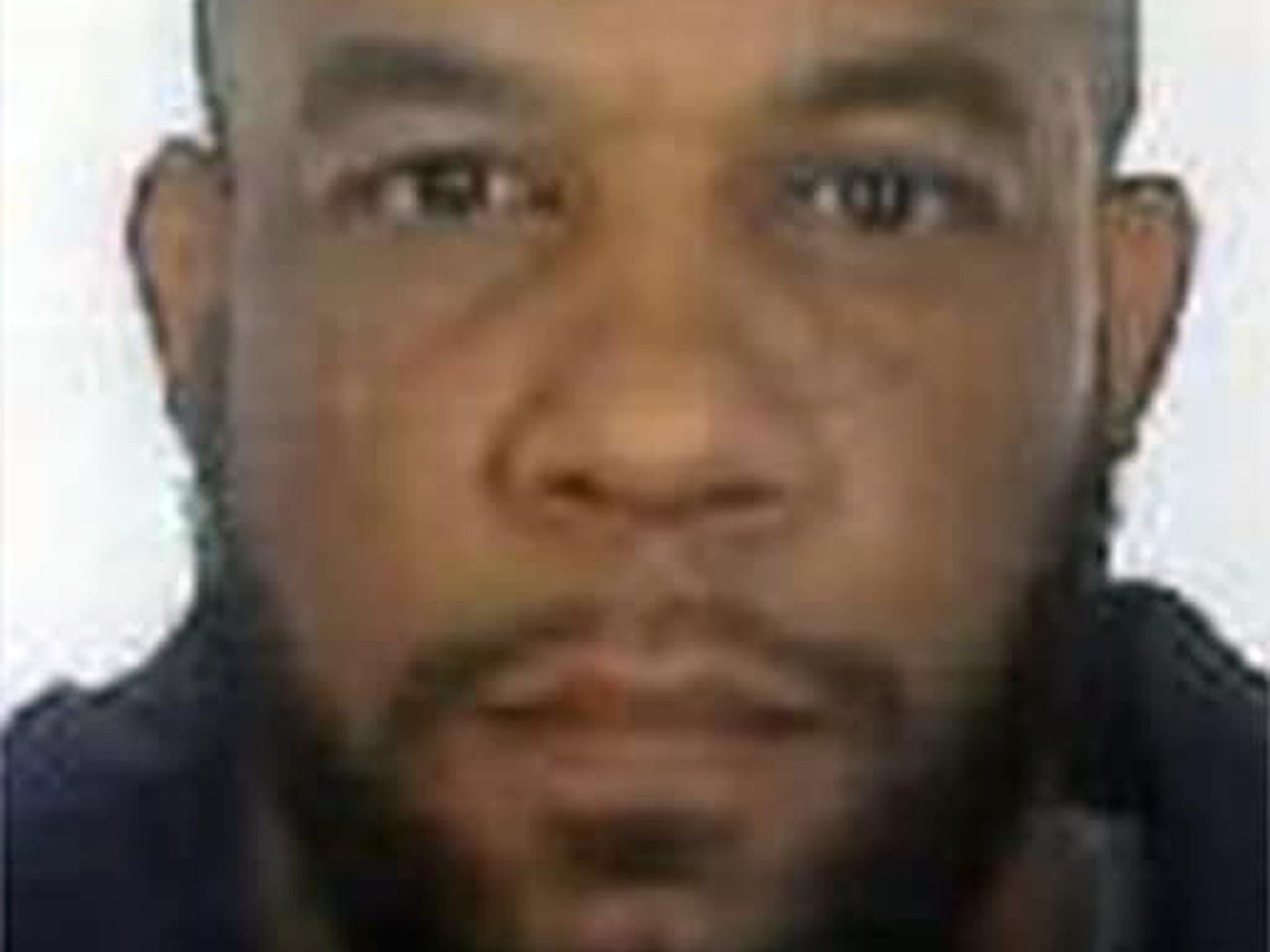Westminster terrorist Khalid Masood took steroids before launching attack, inquest hears
Hearing to piece together killer's preparations for car and knife rampage which left five people dead

The terrorist who killed five people in the Westminster attack had taken steroids before launching the frenzied rampage, a court has heard.
The possible effect of steroid use on Khalid Masood will be considered alongside a “psychological autopsy” during the inquest into his death.
It will examine whether he was radicalised in prison, the extent of his contact with Anjem Choudary’s al-Muhajiroun network and what the security services learned during an MI5 investigation that declared Masood a “subject of interest” in 2009.
The inquest, where Masood’s widow is among interested parties, will piece together his preparations including obtaining the knives and car used in the attack and consider “whether his activities gave any warning signs”.
Judge Mark Lucraft QC, the Chief Coroner of England and Wales, ruled that the inquest will be held before a jury, as required for all deaths involving contact with police.
Separate inquests, due to start on 10 September, will be held for each of his victims – British mother Aysha Frade, Romanian architect Andreea Cristea, pensioner Leslie Rhodes, American tourist Kurt Cochran and PC Keith Palmer.
Specialist witnesses will be called to hearings at the Old Bailey to reconstruct the events of 22 March and Masood’s preparations, including body armour experts charged with examining PC Palmer’s “inadequate” protection.
Judge Lucraft expressed his condolences to their families and the hope that answering their many questions could “provide some comfort”.
“The attack that took place tore many lives apart in less than two minutes of high drama,” he told the Old Bailey. “I will do all I can to ensure this is as wide as it can be.”
Masood mounted the pavement of Westminster Bridge at 2.40pm and ploughed a hired Hyundai Tucson into crowds before crashing into railings outside the Houses of Parliament.
He left the car armed with two knives and ran into the Carriage Gates vehicle entrance, fatally attacking unarmed PC Palmer before being shot dead by police. The attack lasted just 82 seconds.
Gareth Patterson QC, representing relatives of PC Palmer, Ms Cristea, Ms Frade and Mr Rhodes, said the families “still know very little about how their loved ones met their ends”.
He said they wanted to know how Masood was able to access radical material and send a jihadi statement from behind the wheel as he launched the attack, which was claimed by Isis.
“The inquest can point everyone in the right direction to do more to address these problems... which occur again and again in trial after trial,” Mr Patterson said.
“We do not understand why radicalising material remains freely available on the internet.
“We do not understand why it’s necessary for WhatsApp, Telegram and other applications to have end-to-end encryption.”
Mr Patterson also questioned how Masood managed to get through the gates surrounding the Houses of Parliament and “how it was PC Palmer was apparently stationed alone and unarmed with, it seems, inadequate body protection”.
Masood, 52, was born in Kent as Adrian Russell and was known to police after seven convictions for violent crime leading up to 2003, when he may have converted to Islam during his last spell in prison.
He appeared on MI5 records for the first time the following year as a contact of a terror network aiming to launch bomb attacks in the UK, becoming a subject of interest in 2009 after being misidentified as an al-Qaeda facilitator in Saudi Arabia.
Masood’s case was closed in 2012 following a security review, appearing intermittently as contact of subject in Choudary’s network before starting preparations for his attack in 2016.
From the end of that year, he told his family he was considering working overseas, but his job and visa applications failed.
Masood bought the knives used in the attack on 9 March, sending himself an email with the subject line “Retaliation” on the same day.
Six days later, he created a document entitled “Jihad in the Quran and Sunnah”, with his photograph on the front page and multiple extracts from the Quran that could be seen as supportive of jihad and martyrdom.
He collected the Hyundai Tucson on 16 March, conducted reconnaissance of Westminster Bridge three days later and browsed YouTube for videos relating to terrorism and suicide attacks.
Minutes before launching the attack, Masood shared his document with numerous WhatsApp contacts, which was soon sent onwards via iMessage and SMS
A review of the intelligence gathered in the run-up to the Westminster, Manchester, London Bridge and Finsbury Park attacks found that Masood had not been re-considered as a potential threat by MI5.
“No intelligence was being gathered on him and neither MI5 nor the police had any reason the anticipate the attack,” said David Anderson QC.
“You’re looking at someone who is such a long way from the top of anyone’s grid that frankly, it’s a bit difficult to see how they would have been easily stopped, whatever agencies had done.”